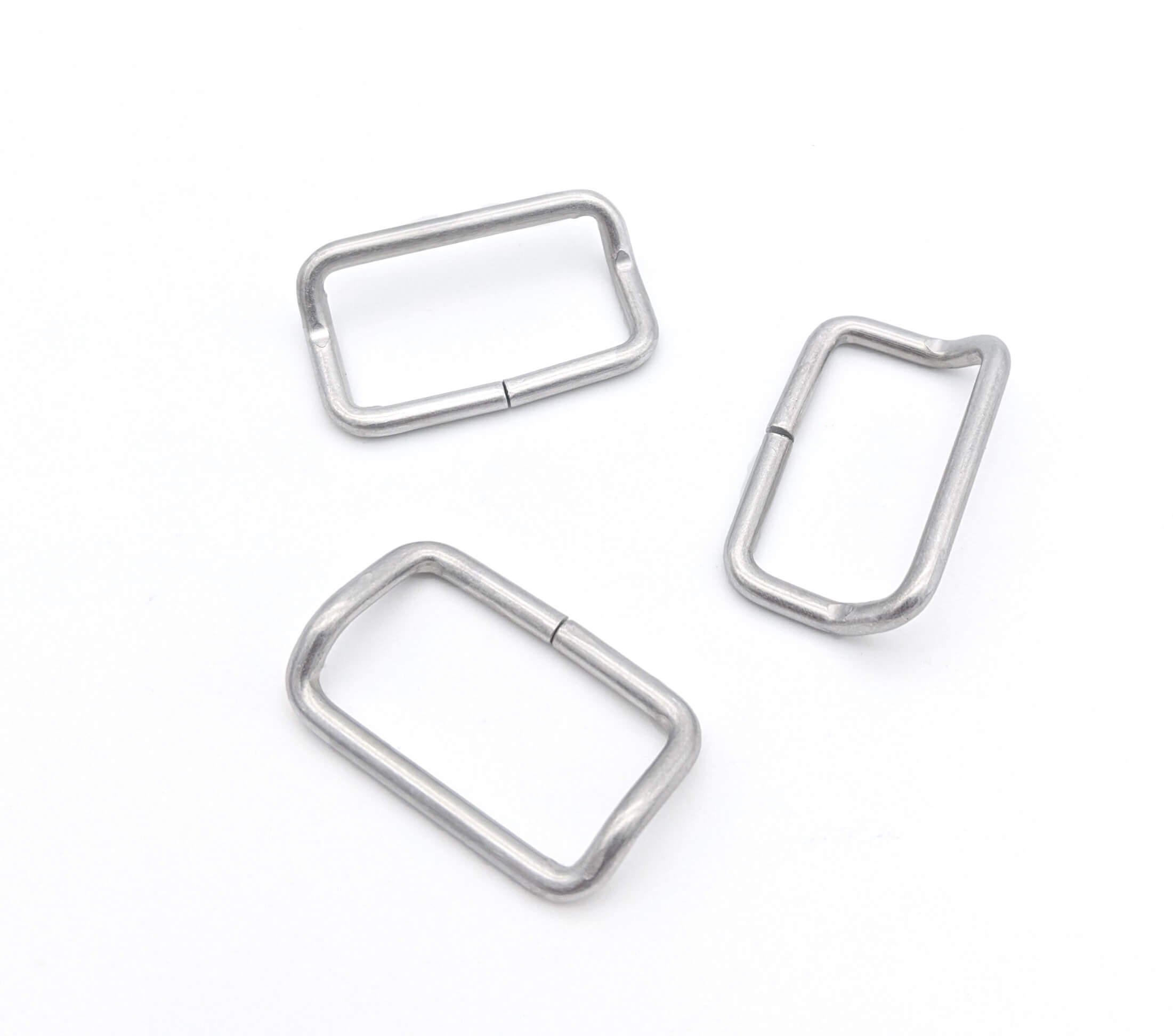Get unique, complex parts easily. No matter your requirements, Chaoyi Spring creates hard-to-produce coil springs and wire forms.
Let us help you create the custom wire form you need, from S-hooks and J-hooks to utility hooks and more.
We work closely with customers across a wide range of industries, helping them design and manufacture made-to-order parts.
Why choose Chaoyi Spring? We prioritize customer-focused collaboration, modern equipment and the latest technology to make your parts per print.
Find the information and guidance you need, from measuring a spring to learning about materials, placing an order and much more.
Torsion springs, those coiled marvels of engineering, are ubiquitous in our daily lives. They power everything from retractable pens and screen doors to automotive suspension systems and intricate mechanical devices.


Torsion springs, those coiled marvels of engineering, are ubiquitous in our daily lives. They power everything from retractable pens and screen doors to automotive suspension systems and intricate mechanical devices. Understanding the torsion spring formula is crucial for engineers and designers, as it allows them to precisely calculate the spring's characteristics and optimize its performance. This article delves into the fascinating world of torsion springs, exploring the formula that governs their behavior and showcasing their diverse applications.

Before diving into the formula, let's first grasp the essence of torsion springs. Unlike their linear counterparts, which store energy by compression or extension, torsion springs store energy by twisting. They're typically made of wire, coiled into a helical shape, and their ends are often bent or shaped to create hooks or lugs for attachment. When subjected to a torque, they resist the twisting motion, storing potential energy within their coils. This stored energy is then released as the spring unwinds, providing a rotational force.
The core formula that governs the behavior of a torsion spring is derived from the principles of elasticity and mechanics. It allows us to calculate the torque required to twist the spring through a given angle and vice versa. The formula is as follows:
T = (G * d^4 * θ) / (32 * N * D)
Where:
This formula is a powerful tool for engineers, enabling them to design springs that meet specific load and performance requirements. It helps them determine the appropriate wire diameter, coil diameter, and number of coils to achieve the desired spring rate and torque output. By understanding the interplay of these variables, engineers can optimize the spring's efficiency and longevity.
The widespread use of torsion springs stems from their versatility and adaptability. Here's a glimpse into their diverse applications:
Selecting the right torsion spring for a specific application is crucial to ensure optimal performance and longevity. This involves considering several factors, including:
Consulting with a spring manufacturer or an experienced engineer can help ensure that the selected torsion spring is suitable for the specific application and meets all design requirements.
Torsion springs are constantly evolving, driven by advancements in materials science, manufacturing techniques, and design methodologies. New materials, such as high-strength alloys and composites, are enabling the development of springs with improved performance, fatigue resistance, and durability. Advanced manufacturing processes, such as laser cutting and precision winding, are allowing for the production of springs with intricate geometries and tight tolerances. Furthermore, innovative design techniques, such as finite element analysis, are enabling engineers to optimize spring performance and minimize material usage.
As technology continues to progress, we can expect to see even more innovative and sophisticated torsion springs emerging, catering to the ever-growing demands of diverse industries. These advancements will lead to enhanced functionality, reduced weight, and improved reliability in various applications, from everyday devices to cutting-edge technologies.
Torsion springs, with their intricate geometry and predictable behavior, are essential components in countless applications. Understanding the torsion spring formula provides engineers with the tools to design and optimize these springs, ensuring their performance and durability. As technology advances, we can expect to see even more innovative uses of torsion springs, pushing the boundaries of engineering and enriching our lives with their subtle but powerful contributions.
Browse some of the custom wire forms and springs that we manufacture. Don’t see what you need? We specialize in made-to-order products that meet your application requirements.
Visit Our GalleryNeed a custom wire form or coil spring? We make it work. Fill out the contact form and a representative will respond within 1 business day. If you have a PDF or CAD file, you can submit to request a quote.